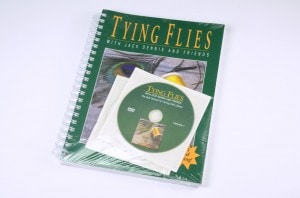Planning Tips for Die Cut Covers
A common approach to jazzing up the cover for your perfect bound, saddle stitch or mechanically bound project is to utilize a die cut cover. Designs may include die cut windows or even specifically die cut words. There are a number of things to remember when planning for the use of a die cut cover.
Don’t forget the spine grind allowance! Often, a die cut cover on a perfect bound book is meant to align with text or graphics on the first page of the book. If the designer forgets to accommodate a spine grind off margin on the text, the die cut shape or window will not align as desired. Forgetting to accommodate the spine grind margin can throw off the alignment between cover and text by at least 1/8”.
Don’t forget to incorporate a “choke or spread”. If the desire of the designer is to have the die cut window fully cover a graphic design on the first page of text, the graphic design must be planned larger than the die cut window. Since each production process will contain some level of register variation, the die cut window needs to be smaller than the design that it is meant to cover. If the window and the graphic are designed at the same size, a register variation as small as 1/64” will result in a visually displeasing effect.
Conversely, if the designer wants the die cut window to frame a graphic or word, the die cut window must be larger than the item that it is meant to frame. This will allow for some minor process variation, without creating a visually displeasing effect.
Be careful with the choice of die cut shapes when designing the cover. Long die cut slits or narrow die cut channels in a cover are a recipe for getting caught up in equipment and destroying the cover. Solicit the input of your trade bindery representative to help identify ways to make your project design successful.
Involving the Sales and Planning Professionals at Allied Bindery can help you avoid potential problems with the design of a die cut cover.
